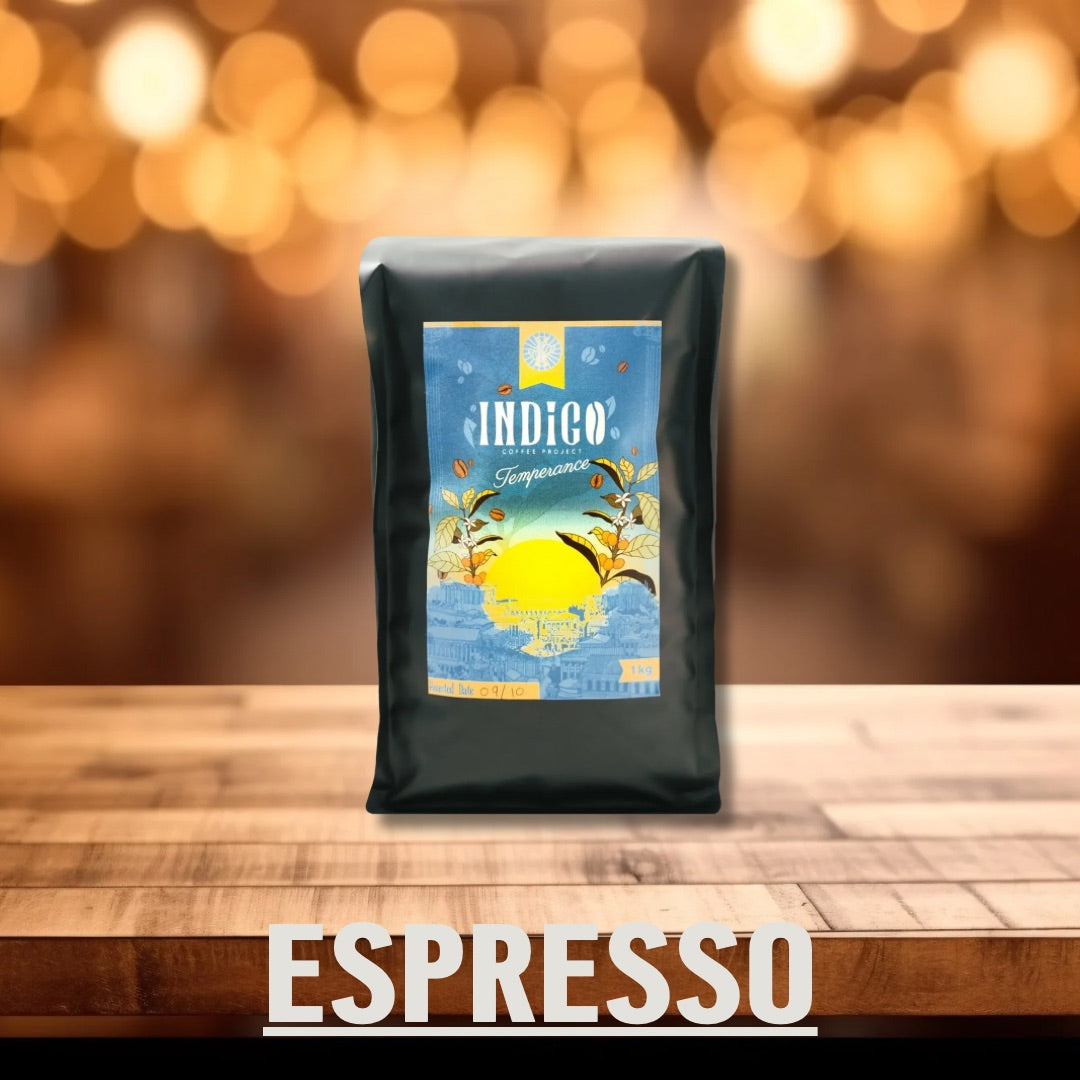In the simplest of terms, processing coffee just means removing the bean (seed) from the fruit (cherry).
That said, how that process is done can have a huge impact on the flavour profile of the finished product. A coffee cherry is made up of several layers which include the skin, fruit, mucilage and parchment. Once the cherries are picked, they require processing and that is the act of removing these layers.
Here’s an overview of the 3 most common coffee processing methods:
WASHED PROCESSING
This water-intensive processing method is known for producing coffee with the highest clarity of flavour that’s fresh and bright as the cherry is removed, and the natural characteristics of the coffee shine through.
|
Taste |
Fresh and bright |
|
Acidity |
High acidity |
|
Known for |
Clarity, clean flavour |
|
Tasting notes |
Apples, pears, tropical fruit, floral finish |
Harvested coffee is first de-pulped to remove the skin and flesh. This process can also serve as a filter mechanism to separate unripe cherries which can be sold for lower prices or offered to workers to drink.
The next stage is to remove the sweet, sticky mucilage that surrounds the bean. This is done by fermenting the beans in water tanks, typically for 12-36 hours. Coffee is then washed with clean water and dried on raised beds, tables or patios.
Interestingly, as opposed to natural or honey processed coffees which use the cherry to provide some flavour, washed coffees are fully reliant on the inner bean having gained enough carbohydrates and flavour during its growth. The climate, fermentation and drying process can have a big impact in bringing out the coffee's true flavour.
HONEY PROCESSING
The method that sits in between washed and natural, showcases attributes from both methods.
|
Taste |
Moderately sweet, medium body |
|
Acidity |
Medium acidity |
|
Known for |
Balancing sweetness and acidity, a best of both worlds |
|
Tasting notes |
tropical fruits with a fermented finish/sweet, fruit forward/floral and citrus |
Honey-processed coffee generally follows the same procedure as washed coffee, but instead of placing the coffee with the mucilage in the fermentation tanks (with the goal of removing it), this step is skipped and the coffee is moved directly to the drying area. This allows the sticky, sweet mucilage to impart its flavour onto the bean.
Producers experiment with varying amounts of mucilage left on the bean to determine the final cup profile and colour. After 2-3 weeks of sunbathing, the coffee is then de-hulled to reveal the final green bean.
NATURAL PROCESSING
This is the world’s oldest and most traditional method of processing coffee and the one that makes us weak at the knees! It’s also the most risky!
|
Taste |
Full-bodied with full flavour |
|
Acidity |
Low acidity |
|
Known for |
Being inconsistent but funky |
|
Tasting notes |
Stewed fruits, booziness, often good sweetness |
Natural processing does what it says on the tin; the sorted and ripe cherries in their entirety are left to dry. All of the fruit flavour and natural sugars from the cherry and the mucilage begin to ferment and merge with the beans during the drying phase.
The next phase is the trickiest since there are risks of over-fermentation but also mould can develop and diminish the flavour or even ruin the coffee entirely. To try to avoid this, the coffee is turned regularly to ensure the drying process is even.
Once the coffee reaches a set moisture level, all outer layers of the coffee are removed in one process either by a de-hulling machine or a de-pulper.
We love a funky, full-bodied natural!
EXPERIMENTAL PROCESSING
What’s exciting about the industry is there’s continuous research and innovation at the farm level on new ways of processing coffee all with that quality cup and unique flavours in mind.
ANAEROBIC FERMENTATION
You may have heard of anaerobic fermentation from your local roaster since it’s the more popular of the cool kids. The main difference is the presence (or lack thereof) of oxygen.
When fermentation occurs without oxygen, it happens at a slower rate allowing microorganisms to break down the natural sugars more slowly allowing more complex flavours to develop.
FROZEN NATURAL
This process is inspired by ice wine which is made by pressing frozen grapes, releasing the raisin-like nectar while the water remains frozen. The idea is that by freezing the perfectly ripe coffee cherries, you are able to develop the naturally occurring sweetness.
Coffee is frozen for 24 hours and then dried on raised beds, patios or tables as normal and the results can be sweeter and have more clarity.
MALIC FERMENTATION
This process involves adding organic malic acid (found in green apples and ripe coffee cherries) to the fermentation stage. This can boost the acid already present in the coffee creating a more distinct flavour.
BLACK HONEY PROCESSING
This process involves leaving the mucilage on the coffee after de-pulping but it gets covered in black tarp and it’s turned every few hours. This is to slow down the rate of drying in order to achieve a more full-bodied, sweeter coffee. Producers have to be careful not to let the drying rate slow down too much, though, as this could lead to over-fermentation or mould.
The slow drying rate and the process occurring in the shade is what gives the honey it’s black colour!










